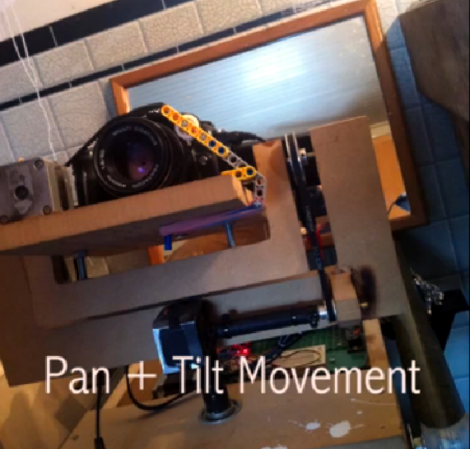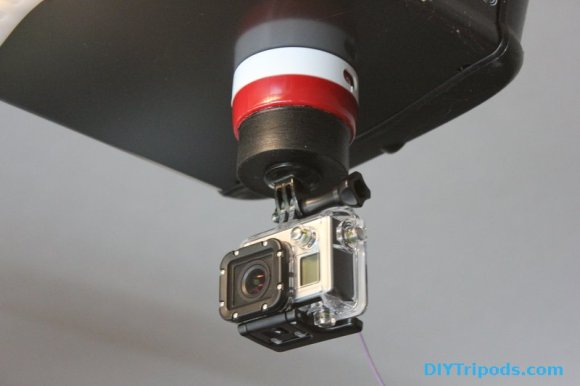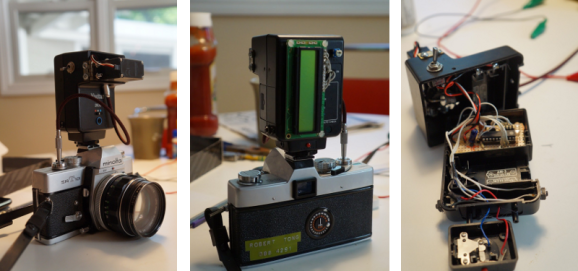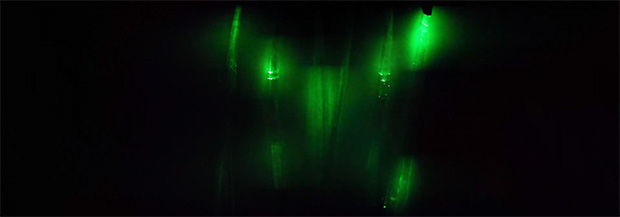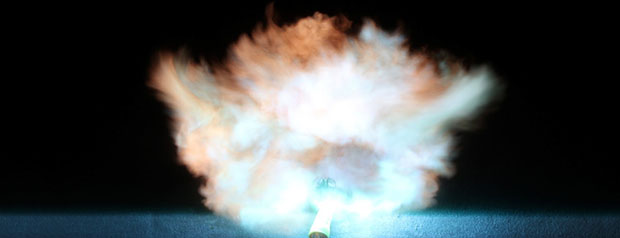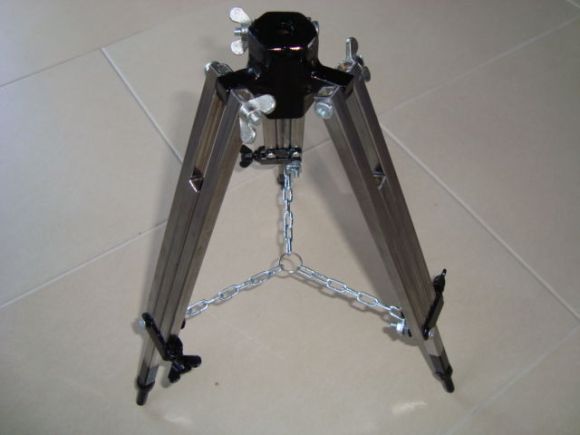
We’re used to seeing hacked camera mounts but [CroBuilder] mentioned to us that nobody is really making plain old tripods themselves. He loves to work in his shop so he spent about ten hours building this tripod for himself.
We’d say it’s built to last, but that comes at the cost of weighing a lot. He used square tubing for the legs, which are tripled up in order to allow them to telescope. Each leg has two pipes mounted to the central hub that he fabricated out of hexagonal pipe. A bolt and wing nut acts as hinge and clamp. On the bottom section of the leg there’s a tab spanning the two pieces and another clamping mechanism to hold the adjustable bottom portion of the leg in position.
He finished up the project with black paint on many of the pieces, with the legs themselves polished until shiny. Will rust be a problem if he doesn’t use a clear coat?
The nice thing about a quality tripod is that you can use them for more than just cameras. For instance, add some components to make your own laser level.

